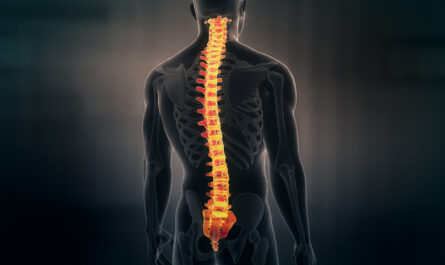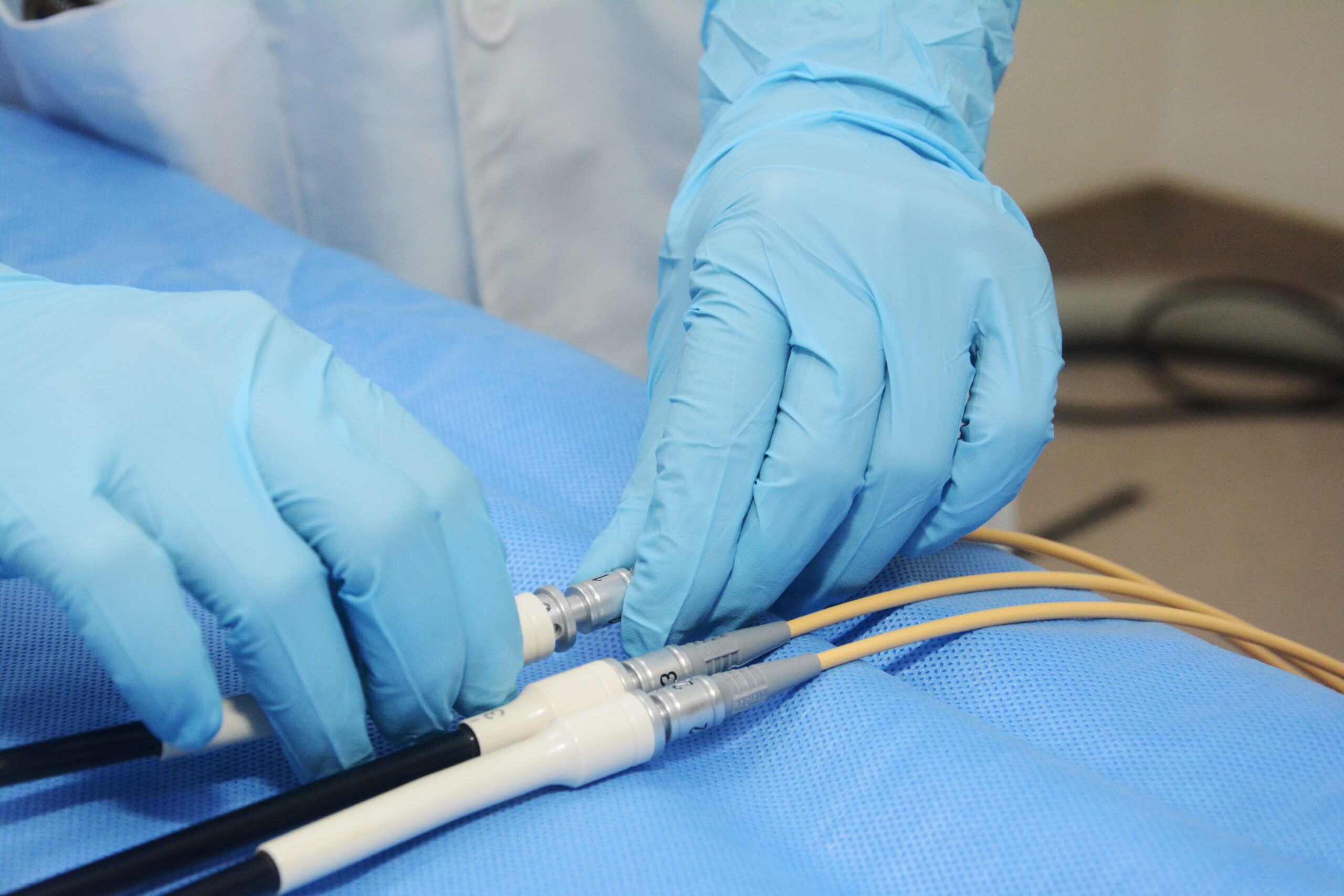Endoscopes are essential medical tools used for various diagnostic and minimally invasive procedures. Traditionally, endoscopes are reuseable, with strict cleaning and sterilization protocols between each use. However, with the rise of new technologies, disposable endoscopes are now becoming increasingly common globally. These single-use endoscopes offer advantages in infection control and efficiency.
Infection control concerns with reuseable endoscopes
Endoscopes are delicate medical devices that are inserted internally. Proper cleaning and disinfection after each procedure is crucial to prevent infection transmission between patients. However, recent studies have highlighted ongoing issues with residual contamination even after recommended cleaning protocols are followed. A study published in Gastrointestinal Endoscopy in 2018 found that 20% of reuseable duodenoscopes still tested positive for bacterial spores even after recommended reprocessing. Such residual contamination poses infection risks, especially in light of emerging drug-resistant “superbug” pathogens. High profile outbreaks associated with inadequate endoscope disinfection, such as the 2015 superbug CRE outbreak linked to duodenoscopes in US hospitals, have heightened awareness of this issue.
Advantages of disposable endoscopes
Disposable endoscopes eliminate the risk of transmission due to insufficient cleaning by making endoscope reuse unnecessary. Single-use endoscopes are discarded after one-time use on a patient. This ensures a new sterile endoscope for every procedure without concerns over cleaning adequacy. It also removes the need for complex sterilization protocols and equipment. Disposable endoscopes offer a simple, effective solution for consistent sterility between patients. They reduce reliance on manual cleaning steps that are prone to human errors and inconsistencies, improving overall infection control.
Gaining popularity and potential
The advantages of Disposable Endoscopes in simplifying reprocessing and enhancing patient safety are driving increased adoption globally. A recent report by Allied Research estimated the global disposable endoscope at $850 million in 2018 and projected it to reach $1.4 billion by 2026, growing at an annual rate of 6.4%. North America currently dominates the due to stringent regulatory focus on infection control and prevention of hospital acquired infections. However, the Asia Pacific region is emerging as an area of high growth potential as healthcare systems expand access to endoscopic procedures. Major endoscope manufacturers have launched single-use variants of their products. For example, Olympus launched a disposable duodenoscope and bronchoscope in 2019.
Reduced costs with improved efficiency
While initial costs of disposable endoscopes are higher than traditional models, total cost analyses factoring in reprocessing savings show they can reduce overall expenses. Disposable endoscopes eliminate labor costs associated with complex manual cleaning and equipment sterilization between cases. They allow for faster turnaround times between procedures without delay due to endoscope availability. Some studies have found disposable endoscopes can increase annual endoscopy capacity by 25-30% through these efficiency gains. Faster throughput also improves operating room utilization and revenue generation. Savings from reduced reprocessing costs and improved productivity are driving wider hospital adoption of disposable endoscopes, especially for high volume procedures.
Regulatory support and certification standards
Strict regulatory requirements and certification standards ensure the quality, safety and efficacy of single-use endoscopes. In the US, the FDA classifies them as class II medical devices subject to pre approval. Key aspects evaluated include device design and materials validated for biocompatibility, sterility assurance through validated manufacturing and packaging methods, and demonstration of clear image quality and functionality. European regulations under the MDD similarly mandate comprehensive testing and verification of sterile barrier integrity, functionality and shelf life stability. Global certification bodies like UL and TUV additionally certify manufacturers’ quality management systems. Regulatory oversight provides confidence to hospitals and reduces concerns over relying solely on manufacturer cleanliness claims without validation.
Future advancements and wider applications
While currently used mainly for upper and lower gastrointestinal procedures, disposable endoscopes are poised for broader clinical adoption. New product launches are extending their applications to other specialties such as broncoscopy, hysteroscopy, cystoscopy and arthroscopy. Advancing miniaturization technologies also enable integration of additional capabilities such as two-way irrigation channels, improved optics with 4K image sensors, extended lengths for deep tissue visualization and accessory channels for therapeutic applications. Disposable endoscopes with enhanced functionality mirroring reuseable models will facilitate replacing these for an even wider range of diagnostic and minimally invasive surgical procedures globally. Future innovations in materials science may also enable development of fully biodegradable endoscopes further promoting their sustainable role in healthcare.
Disposable endoscopes present a simple and safe solution improving infection control practices and efficiency in endoscopy. Their adoption is growing rapidly driven by regulatory focus on preventing hospital acquired infections and reducing total procedure costs. Advancements expanding their clinical applications and capabilities will see single-use endoscopes play an increasingly vital role in global healthcare delivery. As technologies advance, disposable endoscopes offering enhanced functionality comparable to reuseable models are set to replace these for a wide range of procedures globally. Their sustainable benefits to both patient outcomes and healthcare economics will continue promoting wider acceptance.



